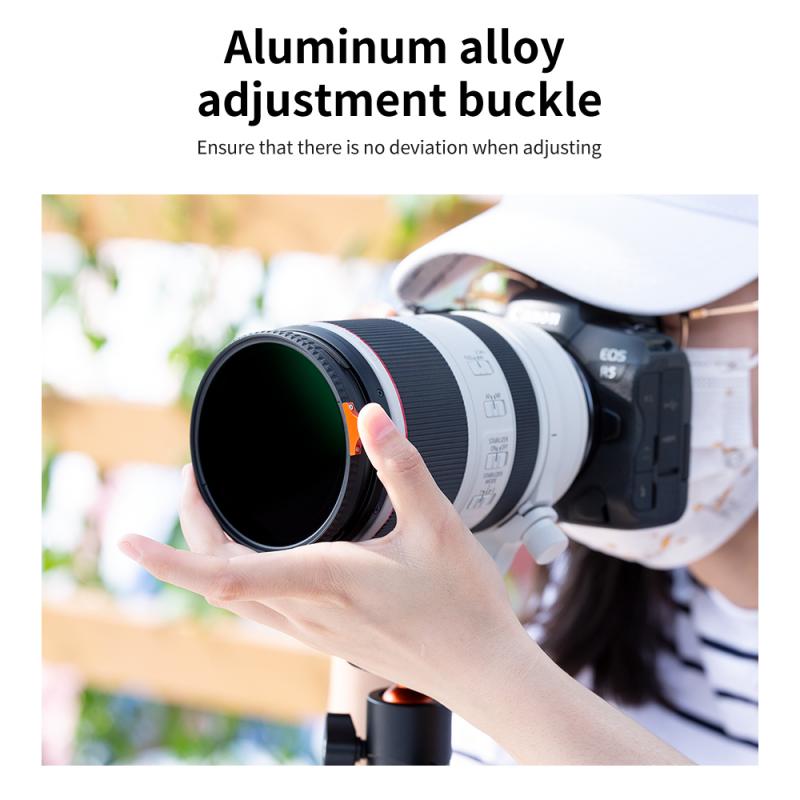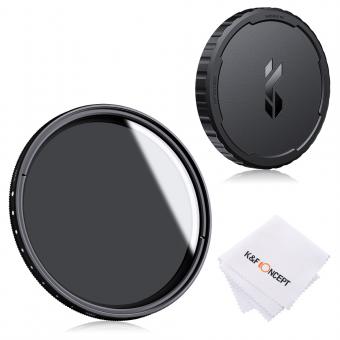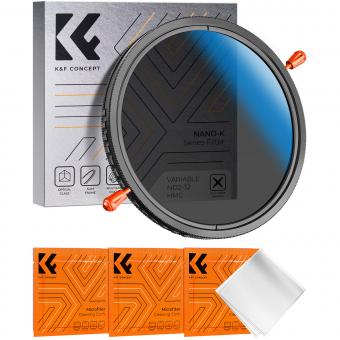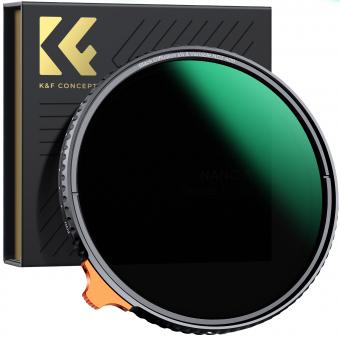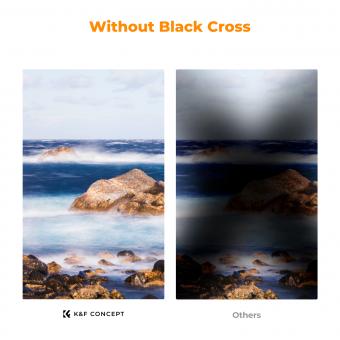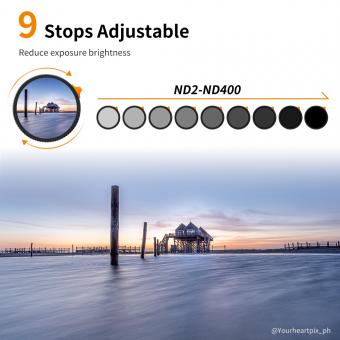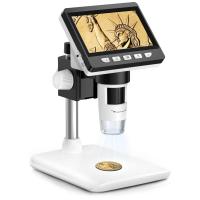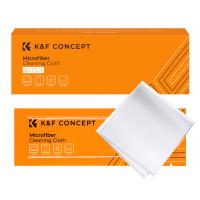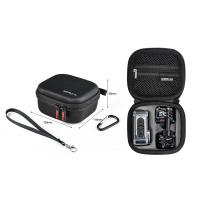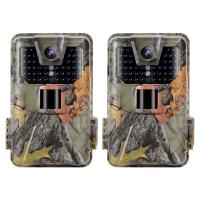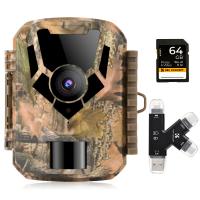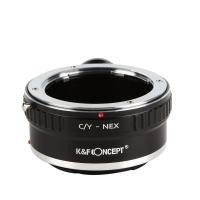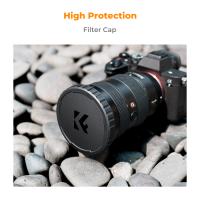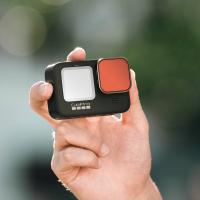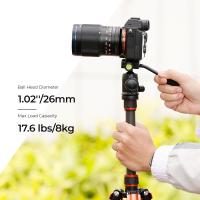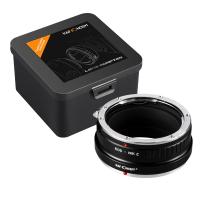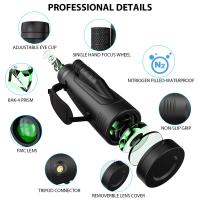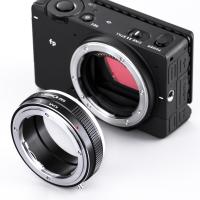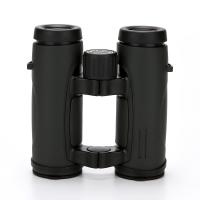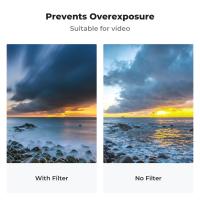Which Variable Nd Filter Should I Buy ?
The variable ND filter you should buy depends on your specific needs and preferences. Consider factors such as the filter's price, quality, and compatibility with your camera lens. It is also important to determine the range of light reduction you require and the maximum aperture of your lens. Research different brands and read reviews to find a filter that suits your photography style and budget.
1、 Filter size compatibility with your lens
When it comes to purchasing a variable ND filter, one of the most important factors to consider is the filter size compatibility with your lens. The filter size refers to the diameter of the front element of your lens, and it determines the size of the filter that can be attached to it.
Choosing a variable ND filter with the correct filter size is crucial because it ensures that the filter will fit securely on your lens without any vignetting or light leaks. To determine the filter size of your lens, you can look for the symbol "Ø" followed by a number on the front of the lens or refer to the lens specifications provided by the manufacturer.
It is worth noting that different lenses may have different filter sizes, so it is essential to check the filter size compatibility for each lens you own or plan to use with the variable ND filter. Some lenses may have standard filter sizes such as 52mm, 58mm, 67mm, 77mm, or 82mm, while others may have less common sizes.
Additionally, it is important to consider future lens purchases or upgrades. If you plan to invest in new lenses in the future, it may be wise to choose a variable ND filter with a larger filter size that can accommodate a range of lenses. This way, you won't have to purchase a new filter every time you acquire a lens with a different filter size.
In conclusion, when deciding which variable ND filter to buy, filter size compatibility with your lens should be a top consideration. Ensuring that the filter fits securely on your lens without any issues will allow you to capture high-quality images and videos without any unwanted artifacts.
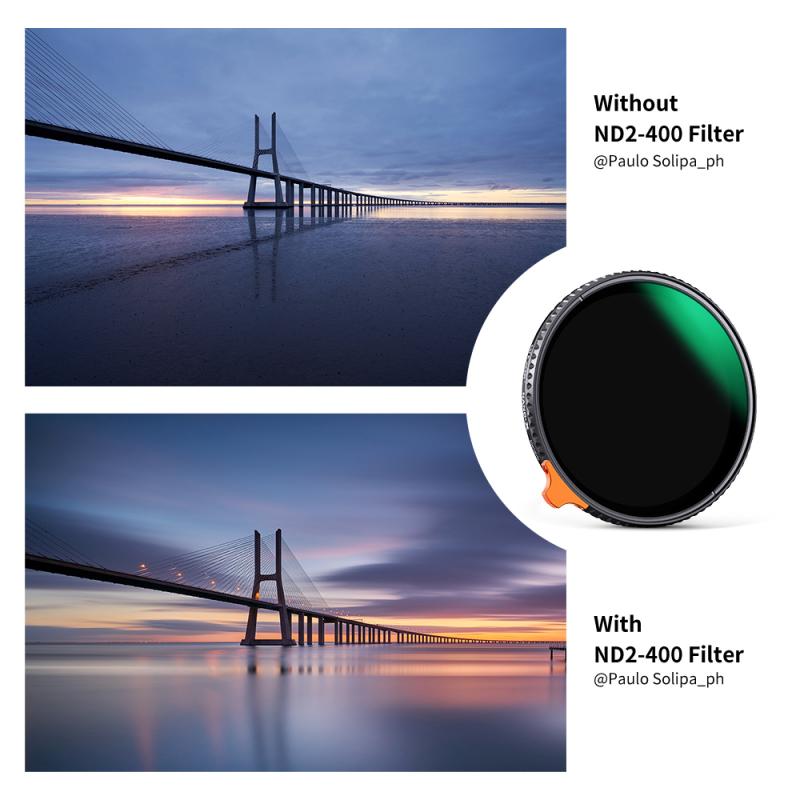
2、 Density level (e.g., 3-stop, 6-stop, 10-stop)
When it comes to choosing the right neutral density (ND) filter, the density level is a crucial factor to consider. The density level determines the amount of light that the filter will block, allowing you to achieve various creative effects in your photography. The most common density levels available in the market are 3-stop, 6-stop, and 10-stop filters.
The choice of density level depends on the specific requirements of your photography. If you are looking to slightly slow down the shutter speed and create a subtle motion blur effect, a 3-stop ND filter would be suitable. This level of density allows you to capture flowing water or moving clouds with a hint of motion, while still maintaining some detail in the scene.
For more pronounced motion blur effects, such as creating silky smooth waterfalls or completely blurring out people in crowded areas, a 6-stop ND filter would be a better choice. This density level significantly reduces the amount of light entering the camera, allowing for longer exposure times and more dramatic effects.
If you are interested in long exposure photography, particularly in bright daylight conditions, a 10-stop ND filter is highly recommended. This level of density blocks a substantial amount of light, enabling you to achieve exposure times of several seconds or even minutes. This is ideal for capturing ethereal landscapes, streaking clouds, or creating surreal effects with moving subjects.
It's worth noting that the choice of density level also depends on the specific camera and lens combination you are using, as well as the lighting conditions you typically shoot in. Additionally, newer advancements in camera technology, such as improved dynamic range and high ISO performance, may influence your decision.
Ultimately, the best approach is to start with a 3-stop or 6-stop ND filter and experiment with different scenarios to determine your specific needs. As you gain experience and refine your style, you can then consider adding a 10-stop ND filter to your kit for more creative possibilities.

3、 Optical quality and coating
When it comes to purchasing a variable ND filter, two crucial factors to consider are optical quality and coating. These aspects play a significant role in determining the overall performance and image quality of the filter.
Optical quality refers to the clarity, sharpness, and color accuracy of the filter. It is essential to invest in a variable ND filter that maintains the highest level of optical quality. Cheaper filters may introduce unwanted artifacts, such as color shifts, loss of sharpness, or reduced contrast. High-quality filters, on the other hand, are designed to minimize these issues and provide superior image quality.
Coating is another critical aspect to consider. A good coating helps reduce reflections, flare, and ghosting caused by light bouncing off the filter surfaces. It also enhances light transmission, allowing more light to pass through the filter and reach the camera sensor. This results in better image contrast and color accuracy. Multi-coated filters are generally preferred as they offer superior performance compared to single-coated ones.
In recent years, advancements in technology have led to the development of high-quality variable ND filters with improved optical quality and coatings. These filters are designed to minimize color shifts, maintain sharpness, and reduce unwanted artifacts. They also feature advanced coatings that effectively reduce reflections and flare.
It is worth noting that the specific requirements for a variable ND filter may vary depending on individual needs and preferences. Professional photographers and videographers often prioritize optical quality and coating to ensure the best possible image quality. However, for casual users or beginners, a more budget-friendly option may suffice.
Ultimately, it is recommended to invest in a variable ND filter that strikes a balance between optical quality, coating, and budget. Researching and reading reviews from trusted sources can help you make an informed decision and find the best filter for your specific needs.
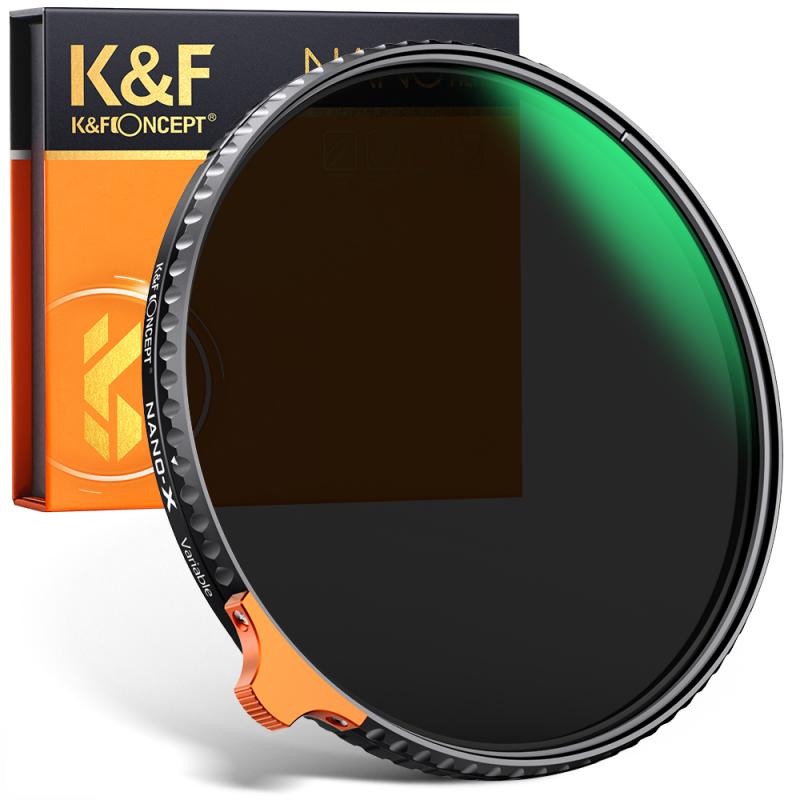
4、 Price range and budget
Which variable ND filter you should buy depends on several factors, including your price range and budget. Variable ND filters are a popular choice among photographers and videographers because they offer flexibility in adjusting the amount of light entering the lens. However, they can vary significantly in terms of quality and price.
If you have a limited budget, there are affordable variable ND filters available in the market. These filters may not offer the same level of image quality as higher-end options, but they can still be a good choice for beginners or those on a tight budget. Look for reputable brands that offer budget-friendly options, and read reviews from other users to get an idea of their performance.
On the other hand, if you have a larger budget, investing in a higher-end variable ND filter can be a wise decision. These filters are often made with better quality materials and coatings, resulting in superior image quality and reduced color cast. They may also offer additional features such as weather sealing or special coatings to repel water and dust.
It's important to consider your specific needs and shooting style when choosing a variable ND filter. If you primarily shoot landscapes or outdoor scenes, a filter with a wider range of light reduction may be beneficial. However, if you mainly shoot portraits or controlled lighting situations, a filter with a narrower range may suffice.
Lastly, keep in mind that technology and advancements in filter manufacturing are constantly evolving. It's always a good idea to stay updated with the latest releases and reviews to ensure you're making an informed decision.
